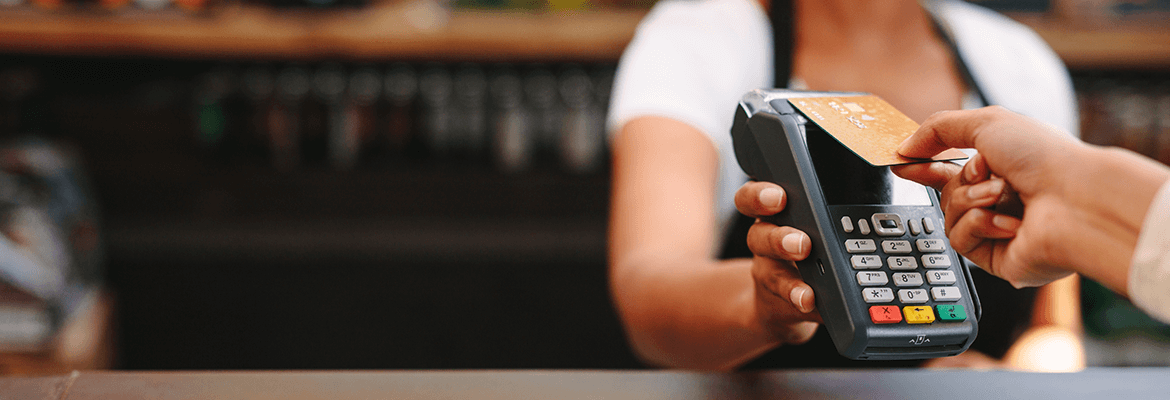Remember the days when bank transfers took several days or even longer? Most probably not. Under nations’ domestic payment schemes, transactions were common to take several working days. The idiom “time is money” perfectly applies here, with the European Commission estimating savings to the EU economy ranging € 100bn a year with the introduction of a more efficient initiative (RTÉ News, 2007). In 2014, these traditional schemes were put to an end because the Single European Payments Area (SEPA) initiative made it possible to bring bank transfer times down to a maximum of one working day, and frequently just minutes or even seconds. Moving forward to 2019, with SEPA Instant Payments live, payment transactions increasing, and a cashless society gaining popularity, it’s worthwhile to explore an important actor amidst the European future of payments.
Payment service providers (PSP) or payment processors are an intermediary, able to interact and integrate with players (e.g. banks, credit card providers, and e-commerce platforms) to facilitate the payment transaction. Facilitating a payment transaction involves authorization, merchant contracts, payment gateways, payment requests, execution and settlement (Worldpay, 2019). PSPs offer a one-stop-shop solution for merchants so that you can purchase that cheap Ryanair ticket, or resell your current still-good-for-another-year smartphone.
The EU is on a mission to foster market competition, consumer choice of payments services, and consumer protection and has therefore launched PSD2. Under PSD2, an abbreviation for Payments Services Directive 2, licensed third party providers will gain access to consumer account information and payments (SWIFT, 2018). In fact, PSD2 creates a new market for PSPs: Account Information Service Providers (AISPs) and Payment Initiation Service Providers (PISPs). Because PSD2 opens the PSP market, incumbents must find ways to differentiate themselves in order to stay competitive.
So what can PSPs do to compete against incumbents and an expected influx of new players? According to INNOPAY (n.d.), a consultancy specialized in transactions, one of the possibilities for PSPs is to leverage their current strategic position and apply it within the PSD2 ecosystem. Through their traditional role, PSPs already have an established relationship with consumers and merchants. They can leverage this relationship by offering value-added services such as personalized interactions, authentication and authorization, and other money-transfer methods. Herewith, increasing customer interactions to retain and grow their customer base.
References:
RTÉ News. (2007, March 27). Agreement reached on cross-border banking. Retrieved from https://www.rte.ie/news/2007/0327/87216-banking/
Worldpay. (2019, July 10). What are payment service providers? Retrieved from https://www.worldpay.com/en-us/insights-hub/article/what-is-a-payment-service-provider.
SWIFT. (2018, October). The transformation of the European payments landscape. Retrieved from https://www.swift.com/news-events/news/the-transformation-of-the-european-payments-landscape
Cortet, M., & Mintjes, D. (n.d.). PSPs in Europe: How to stay afloat in choppy waters. Retrieved from https://www.innopay.com/en/publications/psps-europe-how-stay-afloat-choppy-waters

